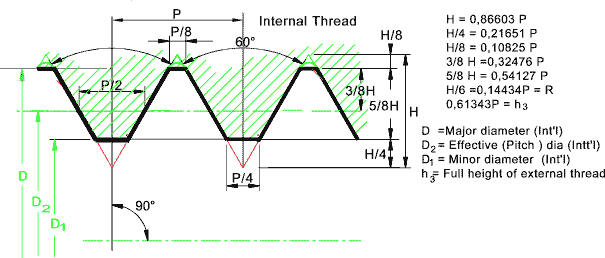

Isometrics are great options for athletes, but they are far from perfect and will not turn a mule into a racehorse. Some Pitfalls of Isometrics That You Should Know Extra work on isometrics does have support, as the right program using static contractions can improve athletes in both rehabilitation and training, but it’s still just a part of the equation and not a panacea. The amount of carryover to athlete development from isometrics is very difficult to tease out, mainly because brief isometric contractions happen at high velocities during normal sporting actions, such as the ankle during high-speed running. Research on isometric training is returning to elite sport with novel ways to potentiate training and improve acute activation of muscle groups. Isometric strength that transfers is more related to global neurological ability than those exercises that have great “pillar strength” or “functional balance.” In the article about core training, most models of training the trunk center around damping forces in reality, the body is designed to recycle energy. Isometric training is very popular with core training, as coaches see the spine as something they need to stabilize, but the evidence for “planking out problems” has failed to show up in research outside of very narrow rehabilitation issues. #Isometrics are a reliable way to see trends in #RFD and a safe means to test maximal strength, says Click To Tweet Coaches have come back to isometrics thanks to his efforts and the work of Cometti, Thibodeau, and Dr.

Isometrics have a lot of potential for performance and rehabilitation, but there are a lot of important details that you must consider before inserting them into a program. Many coaches don’t incorporate #isometrics because it’s hard to measure progress & motivate athletes, says Click To Tweet Finally, isometric training isn’t as well understood from a practical standpoint in programming, and it’s usually done as a finisher or theme in a phase only.

Coaches who know their sport science appreciate isometrics, but many of them don’t incorporate them because it’s hard to measure progress and motivate athletes for honest efforts. Athletes tend to gravitate to dynamic training, such as ballistic lifting or conventional maximal strength exercises. The popularity of isometric training swings back and forth, mainly because it’s not as exciting as Olympic lifting, plyometrics, or medicine ball throws.


 0 kommentar(er)
0 kommentar(er)
